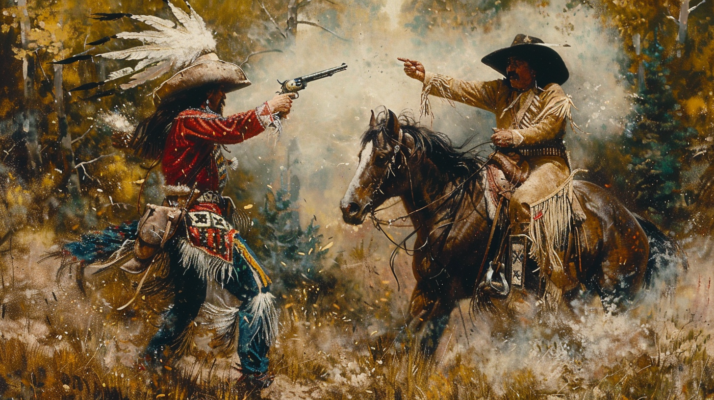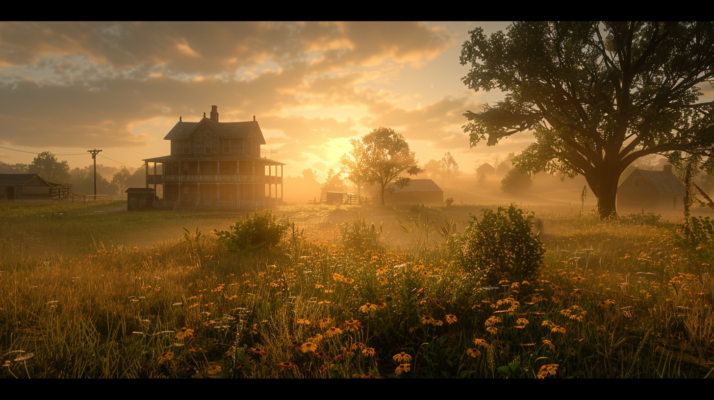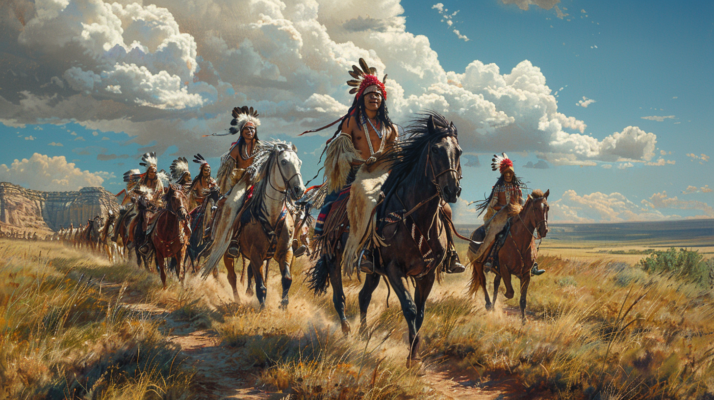Arriving at New York harbor on November 24, 1890, Buffalo Bill Cody received urgent orders from General Nelson A. Miles, commander of U.S. Army troops in South Dakota. Miles directed Cody to proceed immediately to Standing Rock, Dakota Territory, where tensions were escalating, and authorized him to apprehend Sitting Bull and deliver him to the nearest U.S. military commander.
Buffalo Bill, renowned for his Pony Express exploits, Civil War service, and Army scouting, also pioneered a Wild West show that toured the United States and Europe. Sitting Bull joined his show for four months in 1885, solidifying their unique bond.
Timing proved crucial: Buffalo Bill nearly reached Sitting Bull’s cabin before the Lakota chief’s fatal encounter with tribal police. Could Cody have averted this tragedy? Would conflict have ensued, or would Cody himself have been at risk? These questions linger, though unanswered.
Major McLaughlin, overseeing Standing Rock, sought to remove Sitting Bull, viewing fear as a tool to aid his mission. He aimed to “civilize” Native Americans by imposing white customs; Sitting Bull’s role in defeating Custer’s 7th Cavalry at the Battle of the Little Big Horn in 1876 and his staunch advocacy for his people made him a target.
Following Sitting Bull’s return to Grand River, McLaughlin began laying the groundwork for his arrest, blaming him for inspiring the Ghost Dance movement among Great Plains tribes. On November 17, Major McLaughlin and his interpreter, Louis Primeau, visited Grand River to assess the Ghost Dance fervor.
Arriving at Sitting Bull’s camp, they found around one hundred people circling a pole, singing and swaying, while another hundred watched. A woman fainted and was carried into Sitting Bull’s tent. Deciding against immediate intervention, McLaughlin and Primeau spent the night at the nearby home of Bull Head, an Indian police lieutenant and Sitting Bull’s adversary. At dawn, McLaughlin returned as Sitting Bull emerged from a sweat bath, appearing “very thin and subdued,” wrapped in a blanket against the morning chill.
McLaughlin made one more attempt to dissuade Sitting Bull from the Ghost Dance, but Sitting Bull proposed visiting men who had spiritual experiences through the dance to dispel fears. Dismissing this offer, McLaughlin instructed Sitting Bull to meet him at Fort Yates the next morning.
Suspecting a trap, Sitting Bull sent friends in his place while twenty other men sent their wives for rations. McLaughlin responded by withholding supplies unless the male head of each household appeared, exacerbating tensions at Sitting Bull’s camp.
Crossed wires and misunderstandings followed; some dancers fled to the remote Stronghold in the badlands, where Sitting Bull sought to converse rather than participate in the Ghost Dance. Needing permission to leave, Sitting Bull sent McLaughlin a poorly translated note, suggesting he might go to Pine Ridge in search of his comrades.
Misinterpreting the note as a threat, McLaughlin ordered Sitting Bull to remain at his cabin, effectively placing him under arrest. Meanwhile, Buffalo Bill Cody, fresh from a European tour and facing congressional scrutiny, received General Miles’ fateful telegram.
Cody enlisted Dr. Frank Powell (White Beaver), “Pony Bob” Haslam, and Lieutenant G.W. Chadwick. They arrived in Mandan, North Dakota, on Thanksgiving Day, November 27, notifying McLaughlin of their imminent visit to Standing Rock.
Simultaneously, Cody’s associate Arizona John Burke and Indian representatives journeyed to Pine Ridge on a peace mission. Cody, however, arrived at Fort Yates inebriated, delaying his departure until he recovered.
Despite attempts to hinder him, Cody left with supplies and reporters, intending to meet Sitting Bull. “I believed,” Cody later reflected, “my old enemy and later friend would heed my counsel,” as he braved “a hostile camp of Indians, risking all on friendship and mutual respect.”
McLaughlin, still attempting to block Cody’s intervention, redirected Cody’s party en route. Learning President Benjamin Harrison had rescinded General Miles’ order, Cody returned to Fort Yates before departing for Mandan.
During this tumultuous mission, Sitting Bull learned Buffalo Bill sought him; what did this knowledge mean as events neared their climax? Amid escalating tension, Sitting Bull might have wondered if Cody sought his return to the Wild West show or another lifeline.
Despite Sitting Bull’s resolve, Buffalo Bill was denied reunion with his esteemed co-star, and the fear of the Ghost Dance persisted. Despite years advocating for his people and fostering understanding in Cody’s company, Sitting Bull met a tragic end on December 15, 1890, slain by Indian police at Standing Rock.
Outside his cabin, Buffalo Bill’s gifted horse, trained to dance at gunfire, bore witness to the tragedy, echoing the tumult of their shared history together.






